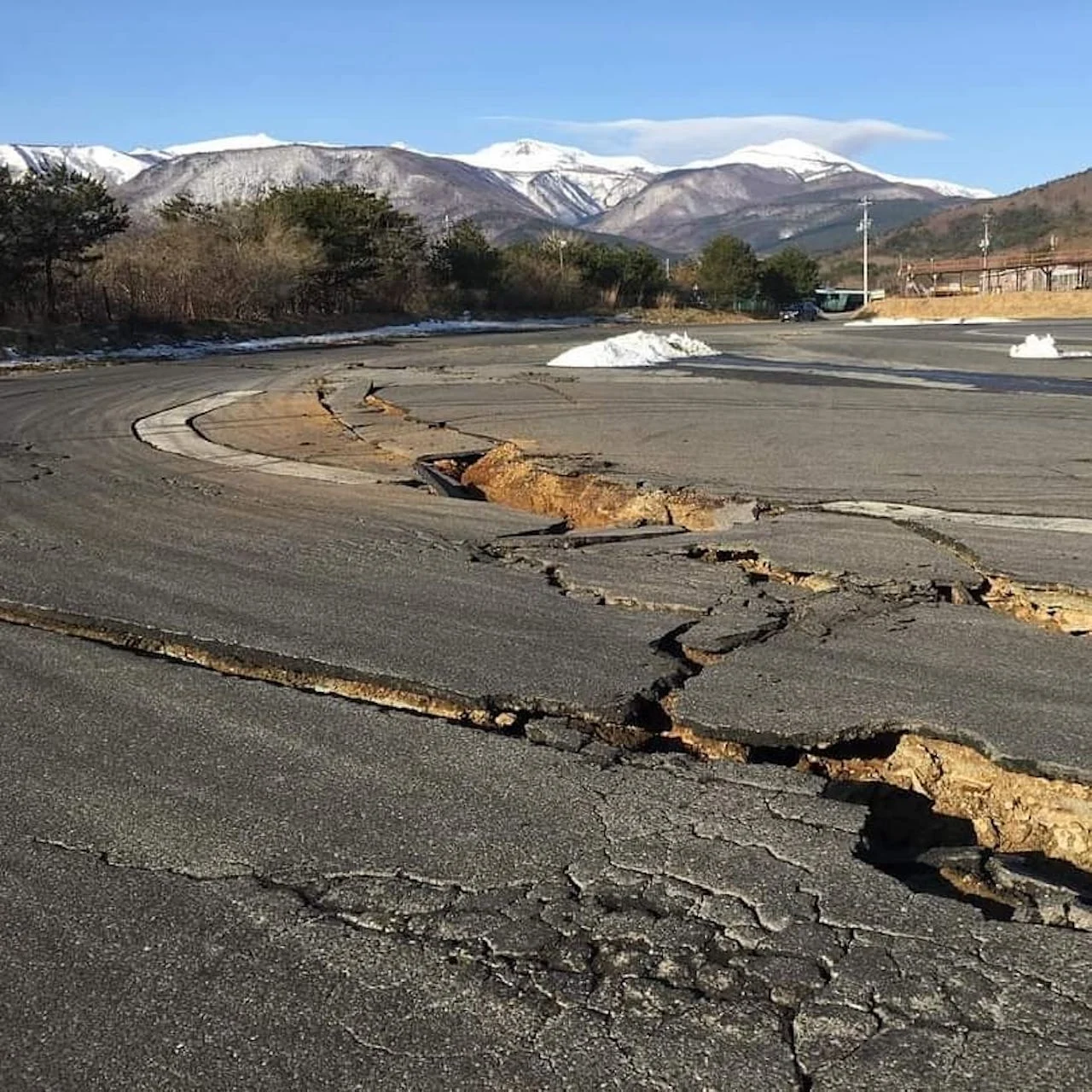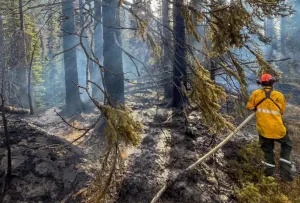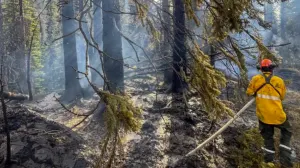
Recent Japan quake confirmed aftershock of deadly 2011 event
Aftershock sequences may persist for more than 2,000 years on the slowest-slipping faults, according to research.
After an earthquake strikes, its ripple effects can occur for years, perhaps decades or centuries, afterwards. The Feb. 13 earthquake in Japan is a perfect example of this.
The powerful 7.1-magnitude tremor that struck 89 km southeast of Sendai, Japan Saturday was an actual aftershock of the destructive and deadly 9.0-magnitude quake that rattled the same area nearly 10 years ago, according to the country's national meteorological agency.
Dozens of injuries were reported in the Fukushima and Miyagi prefectures after the Feb. 13 event, according to local media outlets, but there were no significant casualties.

A 7.1-magnitude earthquake struck 89 km southeast of Sendai, Japan on Saturday, Feb. 13. The tremor caused significant damage to EBISU Circuit. Photo: Lance Chen, drift team manager at EBISU Circuit.
The epicentre of Saturday's earthquake was located about 75 km from the source of the March 2011 tremor, according to the United States Geological Survey (USGS). In the past 100 years, 33 earthquakes of magnitude 7 or higher have occurred within 250 km of the Feb. 13, 2021 event, including six tremors stronger than magnitude 7 since the March 2011 quake.
A 2018 study published in Bulletin of the Seismological Society of America indicates that aftershocks may actually persist for more than 2,000 years on the slowest-slipping faults.
SHIFTING OF TECTONIC PLATES
Weather Network meteorologist Ida Hung elaborated on the earthquake-aftershock connections.
Some tectonics plates move faster than others at several millimetres per year, Hung said, with the quicker-moving plates causing aftershocks to occur for the next few years, gradually decreasing until the plates have settled into its new position.
But it's a different outcome with the more sluggish tectonic plates.

Damaged incurred at EBISU Circuit as a result of Saturday's earthquake. Photo: Lance Chen, drift team manager at EBISU Circuit.
"However, the Pacific Plate moves slowly under the Okhotsk Plate at just a few millimetres per year. Because of this slow movement, aftershocks can occur many years, even decades after large earthquake events," said Hung.
In the 2018 study, co-authors Shinji Toda and Ross S. Stein stated aftershock sequences lasted a month on the fastest‐slipping faults, but are projected to persist for more than 2,000 years on the slowest ones.
"Thus, long aftershock sequences can misguide and inflate hazard assessments in intraplate regions if misinterpreted as background seismicity, whereas areas between seismicity clusters may instead harbour a higher chance of large mainshocks, the opposite of what is being assumed today," the study noted.
ANNIVERSARY OF DEADLY EARTHQUAKE, TSUNAMI APPROACHING
The March 2011 earthquake was widely felt on the islands of Honshu and Hokkaido. As a result, the massive earthquake generated a significant tsunami that brought extensive destruction along the Japanese coast and circulated throughout the Pacific Ocean basin. Approximately 16,000 people perished as a result of the earthquake and tsunami.
The event was responsible for the country's worst nuclear disaster ever. Three reactors at the Fukushima Daiichi nuclear plant melted down, prompting the release of radioactive materials into the air.
Sources: CNN | Bulletin of the Seismological Society of America | USGS
Thumbnail courtesy of Lance Chen, drift team manager at EBISU Circuit.










